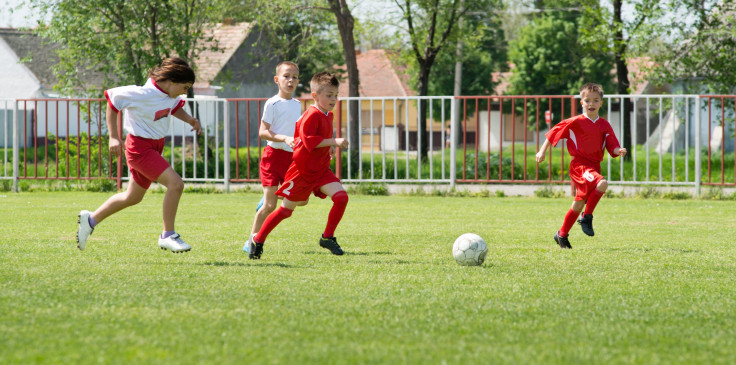Obesity Declines Among Rich US Teens, While Poorer Adolescents Continue To Struggle With Weight

After years of alarming increases in the number of adolescents falling into the obesity category, it looks like the tide is turning as youth obesity rates appear to be leveling off. But a recent study found that the only ones benefitting from this positive health trend are kids with an upper socioeconomic background; meanwhile, the obesity rate among disadvantaged youth continues to climb.
“These results underscore the need to target public health interventions to disadvantaged youth who remain at risk, as well as examine how health information circulates through class-biased channels, ” lead author, Carl Frederick of Harvard University, and colleagues noted in their study, published in the Proceedings of the National Academy of Sciences of the United States of America.
Over the last three decades, the proportion of adolescents who are obese has more than doubled. According to the National Health and Nutrition Examination Survey, 17 percent of children and adolescents were obese in 2010. The consequences of this childhood obesity “epidemic” include type 2 diabetes, metabolic syndrome, and psychosocial problems.
But studies are detecting a silver lining behind this dire health scenario. One study found that American children consumed fewer calories in 2010 than a decade before while the National Center for Health Statistics concluded that the prevalence of obesity hasn’t changed during recent years.
In the current study, Frederick and team also discovered a stable prevalence of obesity among adolescents aged 12 to 17 years when they looked at two nationally representative health surveys that were conducted between 2003 and 2010. This is a significant change in pace since the national prevalence of obesity was just over 9 percent during 1988 to 1991 and increased to 17 percent in 2003 to 2004.
“However,” the authors warned, “there are compelling reasons to suspect that this abatement may not be equally distributed across youth from different class backgrounds.” Indeed, when they examined changes in obesity among U.S. adolescents through a lens that distinguished socioeconomic background, they found that these trends diverged during this apparent plateau; obesity rates of adolescents of well-educated families fell while a greater proportion of kids of less educated families continued to become obese.
The authors explained that part of this conflicting trend has to do with an “increasing class gradient in physical activity.” Children of college-educated parents, they explained, not only consume fewer calories than they did before but also are more physically active. Conversely, they said, many low socioeconomic status children live in environments that do not facilitate a physically active lifestyle, which stems from a lack of recreational centers, playgrounds, neighborhood safety concerns, and a decline in participation in high school sports.
In addition to a more sedentary lifestyle, children from less wealthy, educated homes have above average energy intake, which means that they have more calories that aren’t being used, the authors explained.
“The obesity epidemic is a complex public health problem,” the researchers pointed out. “Eliminating socioeconomic disparities in health outcomes is a key public policy priority.” They suggested more vigorous government support and targeted programs that establish healthy eating behaviors and lifestyle during childhood that track into later life. The importance of this was underscored by the fact that a boy that is overweight at 16 years of age has an 80 percent chance of being obese during adulthood while a girl’s chances are 92 percent.
Source: Frederick CB, Snellman K, Putnam RD. Increasing socioeconomic disparities in adolescent obesity. PNAS. 2014.



























